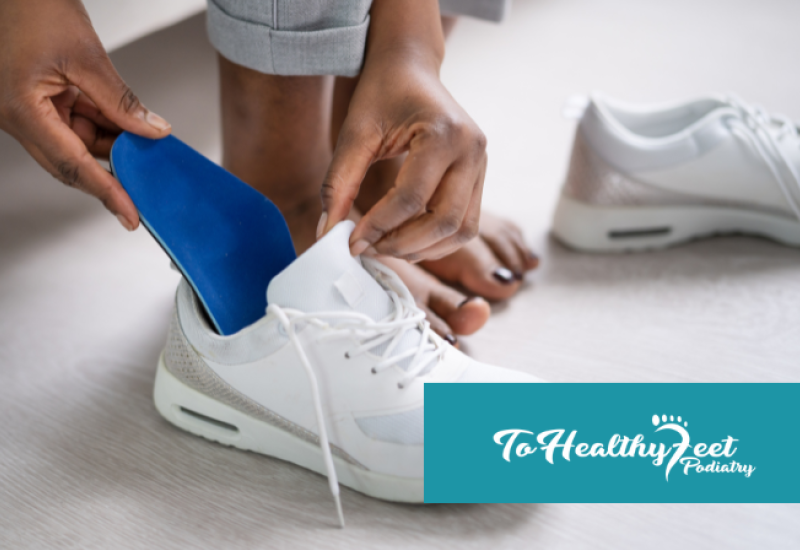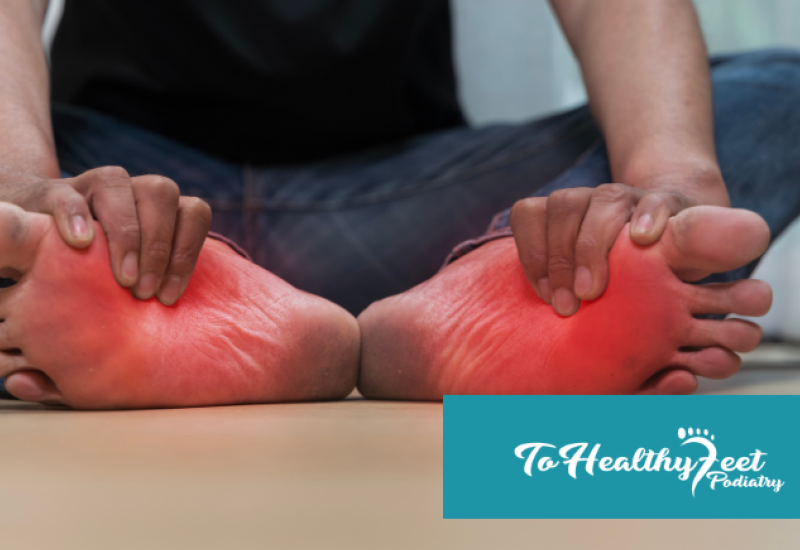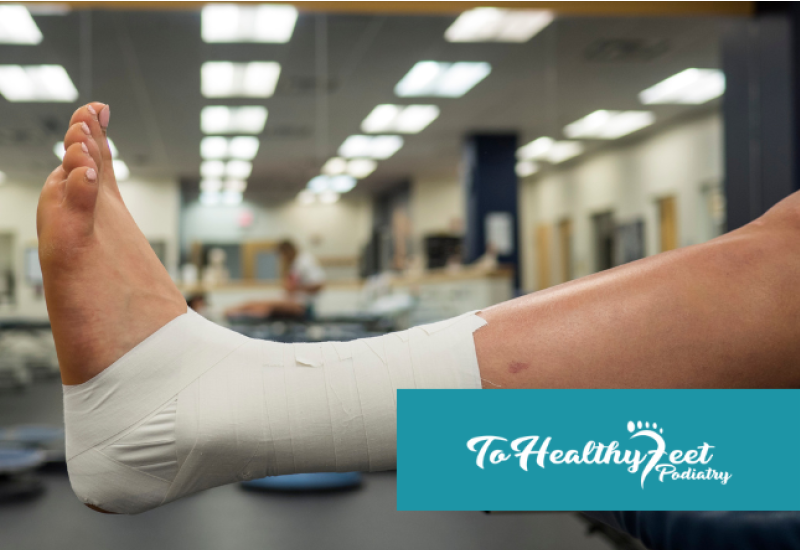If you’re a dancer, the odds are likely that you will one day end up with a foot problem that needs to be looked at. When this happens, don’t worry, To Healthy Feet is here to help. Here are some of the most common foot conditions that dancers experience.
If you are suffering from foot pain, it’s important to get it looked at, especially if you are a dancer! While foot conditions that restrict you from dancing may be scary to think about, don’t fear, you’ve come to the right place. Our NYC foot clinic has decades of experience treating different foot conditions for both athletes and non-athletes alike. Some of the most common conditions we have helped our dancers with include:
- Bunions
- Achilles tendonitis
- Sesamoiditis
- Plantar fasciitis
- Fractured and sprained ankles
- Blisters
- Much more
Keep reading to learn more about the most common foot ailments that plague dancers.
Our NYC Podiatrists Can Help You Diagnose Your Foot Pain So You Can Dance Comfortably
At To Healthy Feet Podiatry, we have two locations in downtown and midtown Manhattan NYC, both with award-winning podiatrists who can help you with your foot or ankle condition. When you visit our clinic to get your ailment healed, you can feel secure knowing that you have some of the best NYC podiatrists working with you to get you back on the dance floor.
Book your appointment online or call us at 917-398-3668, and say goodbye to your foot pain today!
7 of the Most Common Foot Conditions Experienced by Dancers
If you are a dancer, your feet and ankles are some of the most essential parts of your body that you need to take good care of. Without healthy feet and ankles, you risk not being able to move the way you want to, or at least move free of pain. If you are a dancer experiencing some form of foot pain, it is possibly one of the following foot conditions. No matter which condition it may be, it is crucial to have it inspected by a qualified foot doctor to get the treatment you need and get back to moving freely.
1. Bunions
If you are suffering from pain around your big toe(s) and the ball of your feet that tends to worsen as you dance or put weight on it, you may be suffering from bunions. You can also diagnose this issue by a painful bony deformity that sticks out from the side of your foot at the base of your big toe.
Bunions can be treated through conservative measures such as rest, ice packs, and custom orthotics. In more severe cases, surgery may be required to remove the bunion.
2. Achilles Tendonitis
When you are dancing, you are likely putting repeated pressure on the long tendon at the back of your ankle, known as your Achilles tendon. The repeated stretching and compression that comes with dancing can cause this tendon to become inflamed and stiff.
Achilles tendonitis is a condition that will worsen over time if not treated properly and, in some cases, can lead to a ruptured tendon that does not fully heal. You can learn more about Achilles Tendonitis here.
3. Sesamoiditis
Pain at the base of your big toe and the bottom of your feet is commonly called Sesamoiditis. This condition occurs when the tendon that connects the sesamoid bones on the bottom of your feet becomes inflamed.
Depending on the severity of the Sesamoiditis, your tendon may only be mildly strained, or in more serious cases, can result in a severe stress fracture. It is important to have a professional podiatrist examine your feet if you think you may be suffering from Sesamoiditis, to ensure that a severe stress fracture can be stopped before it happens.
4. Metatarsalgia
As a dancer, the ball of your foot is often the axes upon which you balance and move. If it is in pain, it could seriously limit your dancing abilities. One of the most common reasons for ball of the foot pain is Metatarsalgia.
Metatarsalgia is a condition that is incredibly receptive to standard, conservative treatment options such as rest, ice, NSAIDs, and custom orthotics. If you want to learn more about Metatarsalgia, you can check out our article on the similarities and differences between Mortons Neuroma and Metatarsalgia.
5. Hallux Rigidus/Limitus
Hallux Rigidus and Limitus are conditions that result in stiff toes as a result of arthritis in the joints. If you are currently managing some form of arthritis, you may be at an increased risk of developing hallux rigidus/limitus.
If you find that you are having a hard time moving your toes, especially your big toe, you may be experiencing one of these ailments. Visit your downtown NYC podiatrist to ensure that conservative therapy methods can be administered before surgical options need to be considered.
6. Plantar Fasciitis
Plantar Fasciitis is similar to many other injuries on this list in that it is caused by repeated movements causing stress on ligaments. The ligament in question for plantar fasciitis is the fascia that connects the heel bone to the base of your toes. When stressed repeatedly, the band can become inflamed and cause pain in the arch of your foot and around your heel.
Some effective treatment options for plantar fasciitis include rest, stretching, physical therapy, splints, and surgery to alleviate stress on the ligament.
7. Sprained Ankle
Sprained ankles are likely the number one injury that happens to dancers. With all of the quick and stressful movements that dancers undergo, it makes complete sense that one of the most delicate and complex joints in our bodies gets injured from time to time. However, just because it is common does not mean that it is minor.
If left untreated, a sprained ankle can pave the way for chronic instability and a drastically increased likelihood of repeated ankle sprains, ligament tears, and broken ankles. If you are currently dealing with a sprained ankle, visit your Manhattan NYC Podiatrist to get on the right track for getting healthy.
Contact One of Our Two NYC Foot Clinics If You Have Suffered a Foot or Ankle Injury
No matter how mild or severe you believe your foot condition to be, as a dancer, it is important not to put your feet in any more danger than they need to be. Leaving a foot disorder without proper therapy can lead to worsened foot pain and the possibility of developing subsequent, serious injuries such as fractures and tears. Contact our NYC foot clinic by calling 917-398-3668 or by filling in our online contact form below.
FAQ’s
Q: Is dancing barefoot bad?
If you choose to dance barefoot, you should understand the additional risks that you are taking. Blisters, cuts, and chafing to the skin of your feet are what you will likely encounter. While most of these are minor, sometimes blisters and cuts can lead to skin infections and calluses.
Q: Will custom orthotics help prevent injuries?
Custom orthotics can be used as both a therapy method for existing foot disorders and as a preventative measure to avoid getting foot injuries. Contact us today to learn about how we can create customized foot orthotics for your needs!
Q: Does my insurance cover a podiatrist?
At To Healthy Feet Podiatry, we partner with as many insurance providers as possible to ensure that our patients can get the foot and ankle health they deserve. If your insurance provider is not listed as one of our insurance providers, contact us. We will be happy to reach out to your insurance company to verify your benefits.



